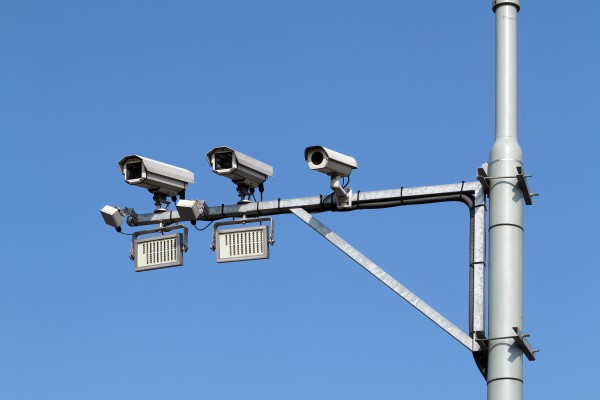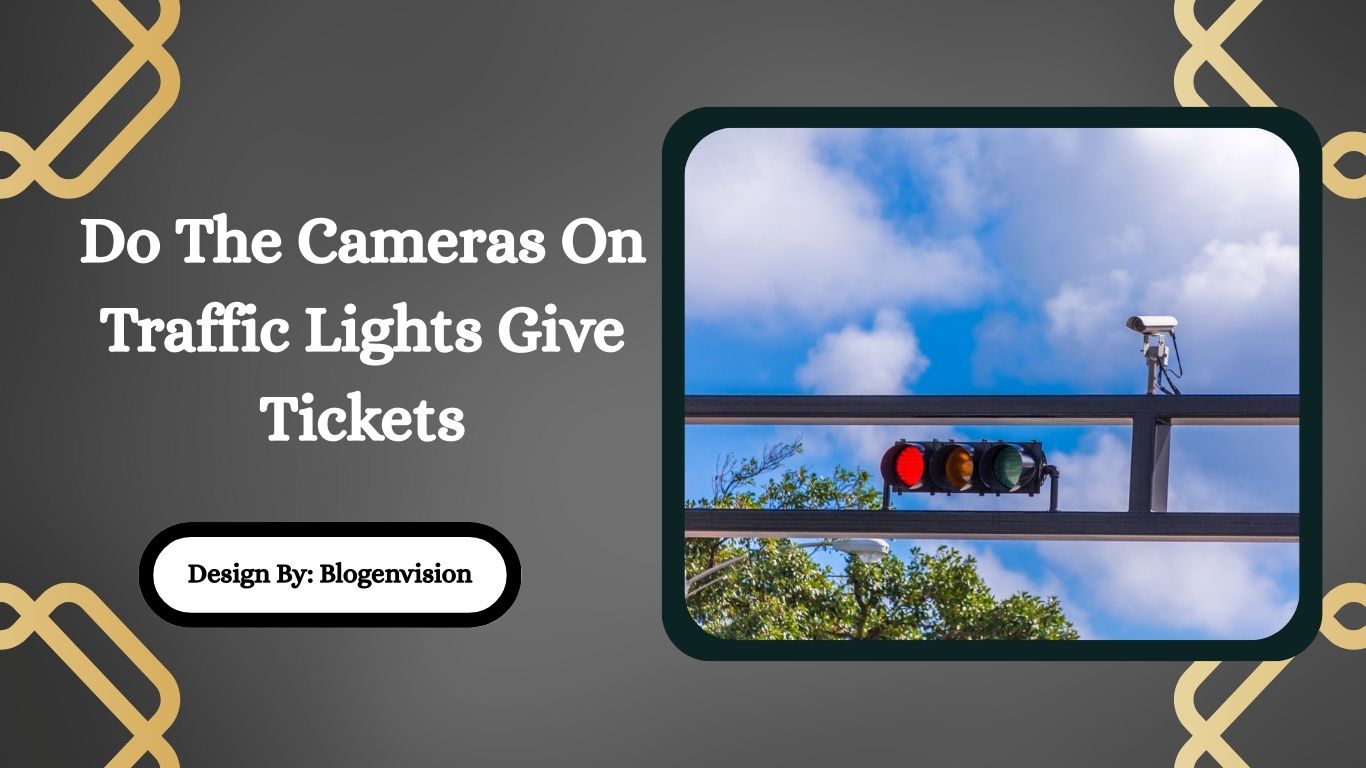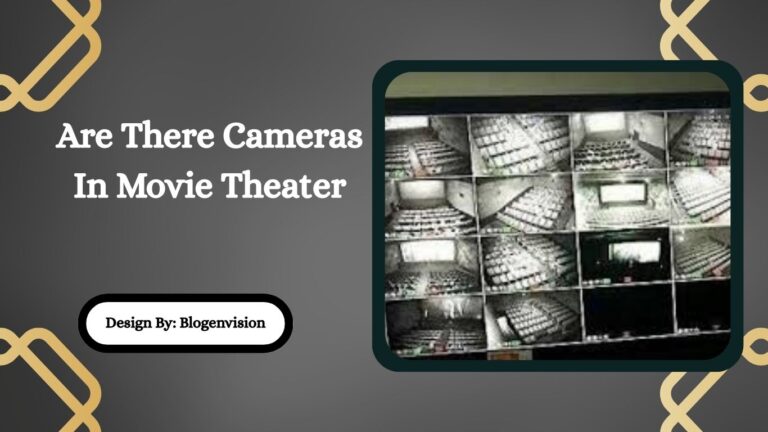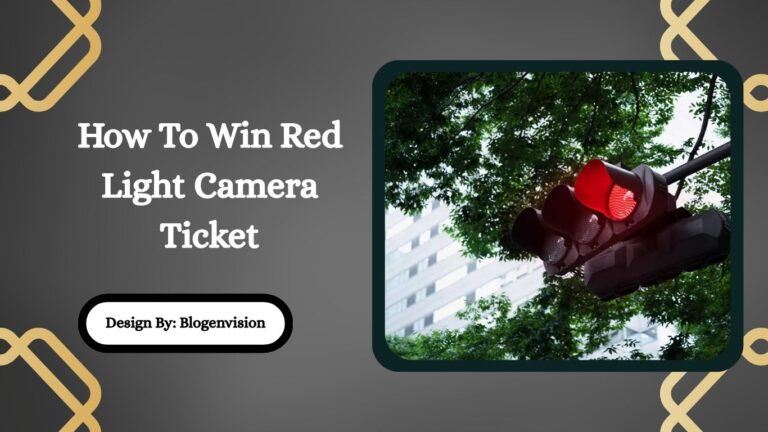Do The Cameras On Traffic Lights Give Tickets – The Simple Truth!
Some traffic light cameras issue tickets for red-light violations, while others only monitor traffic. Look for flashing lights or “Photo Enforced” signs to identify ticket cameras. Always stop at red lights to avoid fines.
Introduction
Have you ever noticed cameras mounted on traffic lights and wondered if they’re snapping pictures of your car? You’re not alone. Many drivers feel a pang of anxiety when they see these devices, unsure whether they’ll receive a ticket in the mail.
The truth is that some traffic light cameras do issue tickets, while others serve completely different purposes. This comprehensive guide will explain everything you need to know in simple, easy-to-understand terms.
We’ll cover:
- The different types of traffic light cameras
- How red-light ticket cameras actually work
- Whether all cameras can give you tickets
- How to identify enforcement cameras
- What to do if you get a ticket
- The safety impact of these cameras
By the end, you’ll be able to drive past these cameras with confidence, knowing exactly what they can and can’t do.
Types of Traffic Light Cameras

1. Red-Light Enforcement Cameras (Ticket Cameras)
These are the cameras that can cost you money. They’re specifically designed to catch drivers who run red lights. Here’s what makes them different:
- They take photos/videos when a vehicle enters an intersection after the light turns red
- They use sensors either in the road or radar-based to detect violations
- They flash at night to capture clear images
- They’re marked with “Photo Enforced” signs in most areas
These systems automatically issue tickets that get mailed to the vehicle’s registered owner. The ticket typically includes:
- Photos of your license plate
- The red traffic light
- Your vehicle in the intersection
- The date and time of the violation
2. Traffic Monitoring Cameras
These cameras don’t issue tickets at all. They’re used by transportation departments to:
- Monitor traffic flow
- Detect congestion
- Adjust signal timing
- Assist with emergency response
You’ll often see these as:
- Dome-shaped cameras
- Small box cameras
- Pan-tilt-zoom cameras on poles
They might look similar to enforcement cameras, but they don’t have flash units and won’t result in tickets.
3. Speed Enforcement Cameras
While not as common on traffic lights, some intersections combine red-light cameras with speed enforcement. These systems:
- Use radar to detect speeding
- Can issue tickets for both red-light violations and speeding
- Are usually clearly marked
Also Read: Do All Traffic Lights Have Cameras – Complete Truth Explained Simply!
How Red-Light Ticket Cameras Work?
Understanding exactly how these cameras operate can help you avoid tickets. Here’s the step-by-step process:
- Detection Phase:
- Sensors (either in the road or using radar) monitor approaching vehicles
- The system tracks your speed and position relative to the intersection
- Violation Trigger:
- The camera only activates if you enter the intersection AFTER the light turns red
- Entering during the yellow light doesn’t trigger the system
- Some systems have a brief grace period (typically 0.3 seconds) after the light turns red
- Evidence Capture:
- The camera takes multiple high-resolution photos:
- Your vehicle approaching the intersection
- Your vehicle in the intersection with the red light visible
- Your license plate close-up
- Some systems record short video clips instead of just photos
- The camera takes multiple high-resolution photos:
- Ticket Processing:
- The images are reviewed by law enforcement or a third-party vendor
- If approved, a ticket is mailed to the registered owner
- The ticket typically arrives within 2-4 weeks
Important Notes:
- In most states, the ticket goes to the vehicle owner regardless of who was driving
- Fines vary by location but typically range from
- 50−
- 50−300
- These tickets usually don’t add points to your license (but check your local laws)
How to Identify Ticket-Issuing Cameras
Not sure if that camera you just passed can give you a ticket? Look for these signs:
✔ Flash units (especially noticeable at night)
✔ “Photo Enforced” signs posted near the intersection
✔ Large rectangular boxes mounted near the traffic lights
✔ Location in high-enforcement zones (near schools, busy intersections, or accident-prone areas)
Non-ticket cameras typically:
- Are dome-shaped or smaller
- Don’t have flash units
- Are mounted higher on the pole
- Don’t have warning signs
What to Do If You Get a Red-Light Camera Ticket

Received a ticket in the mail? Don’t panic. Here are your options:
1. Pay the Fine
- The simplest option if you believe you were in the wrong
- Many jurisdictions offer online payment
- May qualify for traffic school to avoid points (where applicable)
2. Contest the Ticket
Common defenses include:
- You weren’t driving (someone else had your car)
- The light was malfunctioning (stuck on red, for example)
- Emergency situation (avoiding an accident or yielding to emergency vehicles)
- Poor visibility (sun glare, obstructed signal)
- Incorrect details (wrong license plate, wrong date/time)
Steps to contest:
- Review the evidence (most jurisdictions let you see photos/video online)
- Check for errors in the citation
- Follow the instructions on the ticket for requesting a hearing
- Present your case (some places allow written disputes)
3. Ignore It? (Not Recommended)
While some drivers think they can ignore out-of-state tickets, this can lead to:
- Late fees
- License suspension
- Collection actions
- Registration renewal blocks
Always check your local laws, as consequences vary by state.
Do These Cameras Actually Improve Safety?
The safety impact of red-light cameras is hotly debated. Here’s what research shows:
Benefits:
- Reduces dangerous T-bone crashes by 21-25%
- Discourages red-light running at monitored intersections
- Provides objective evidence in accident investigations
Drawbacks:
- May increase rear-end collisions by 15-22% (from sudden stops)
- Some drivers feel they’re more about revenue than safety
- Proper yellow light timing is crucial for effectiveness
The Bottom Line:
When properly implemented with appropriate yellow light durations, these cameras can improve intersection safety. However, poor implementation (like shortened yellow lights) can create more problems than they solve.
FAQs:
1. Do all traffic light cameras give tickets?
No, only red-light enforcement cameras issue tickets. Others monitor traffic flow without penalizing drivers. Check for flashing lights or warning signs to identify ticket cameras.
2. Can you get a ticket for entering an intersection on yellow?
No, cameras only trigger if you enter after the light turns red. However, speeding up on yellow may still be dangerous.
3. Do these cameras work at night?
Yes, enforcement cameras use bright flashes to capture clear images after dark. Non-ticket cameras operate 24/7 but don’t issue violations.
4. Who gets the ticket if someone else drives my car?
The vehicle’s registered owner typically receives the ticket, regardless of who was driving. Some states allow transferring liability if you identify the actual driver.
5. Can you ignore a red-light camera ticket from another state?
No, unpaid tickets may lead to fines, license suspension, or registration blocks. Always check local laws, as consequences vary by jurisdiction.
Conclusion:
Traffic light cameras serve different purposes—some issue tickets, while others monitor traffic. Red-light enforcement cameras capture violations with sensors and flashes, mailing fines to vehicle owners. To avoid tickets, stop fully at red lights and watch for “Photo Enforced” signs. If ticketed, review evidence and contest errors if needed. While these cameras improve safety by reducing red-light running, proper implementation is key. Drive carefully, obey signals, and you’ll never need to worry about traffic light cameras.



